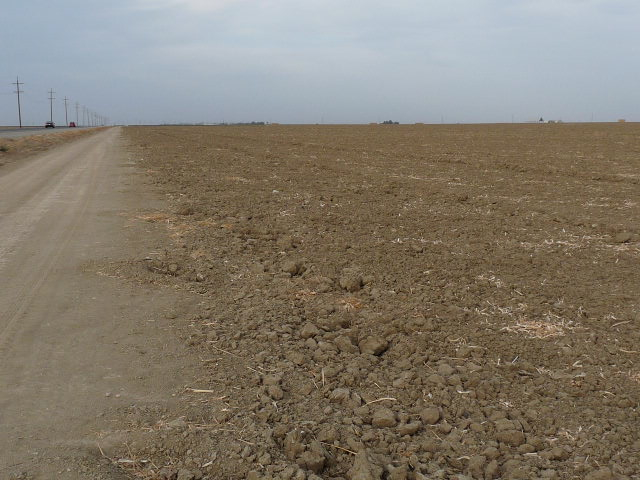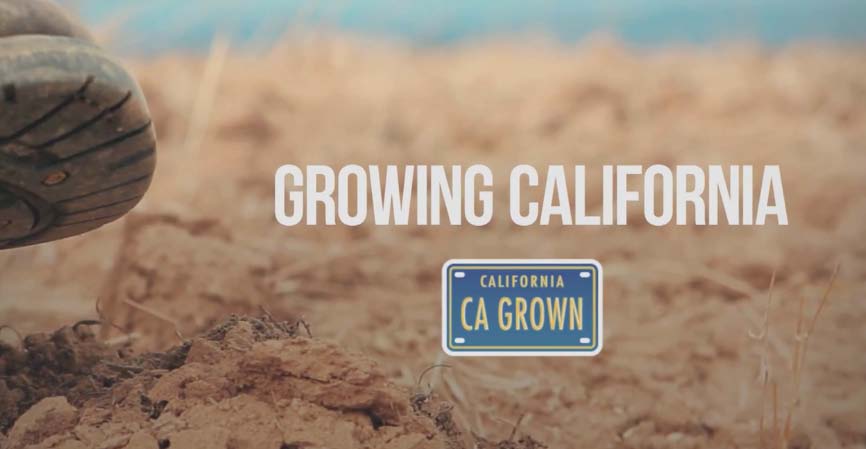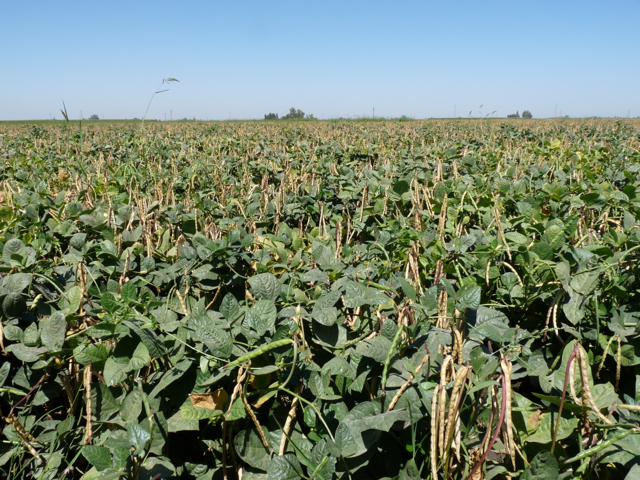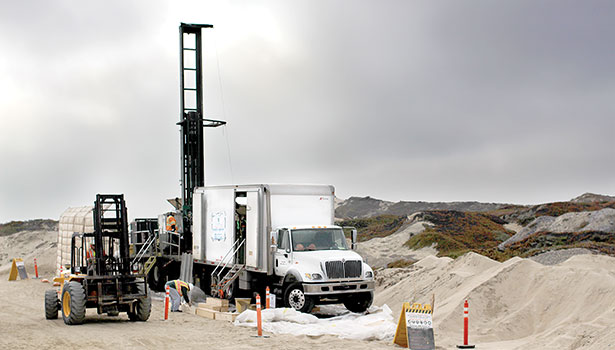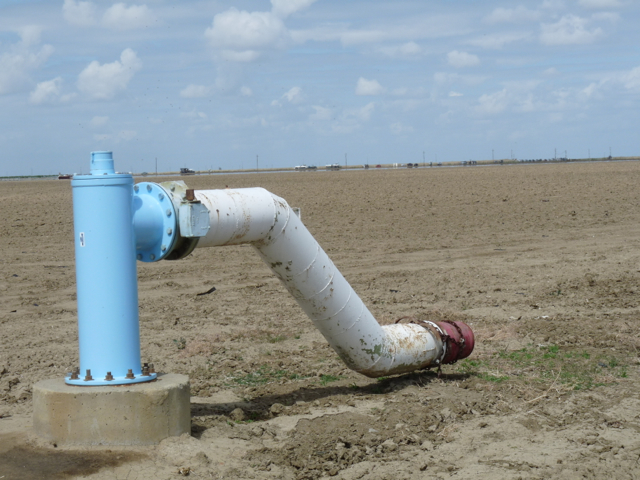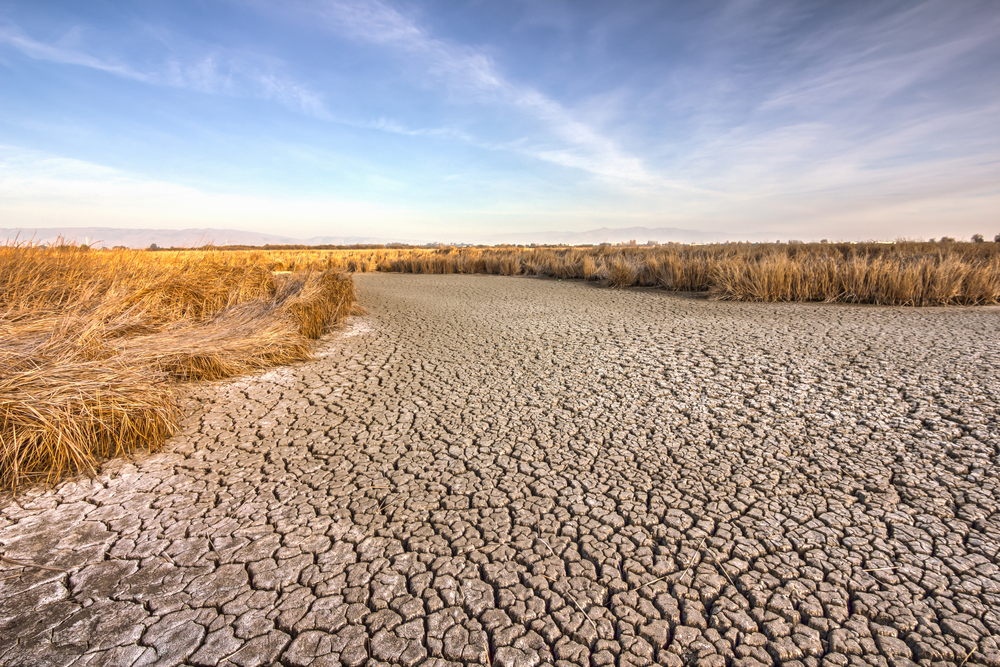The Fight for Water Documentary Available on DVD Sept. 16
Award-Winning Documentary Film, “The Fight for Water”, Available on DVD on September 16
The award-winning documentary film, The Fight for Water: A Farm Worker Struggle, which puts a human face to the California’s on-going water crisis, is coming to DVD on September 16 through Amazon and other sites. It is currently available for pre-order on the film’s official website: www.thefightforwaterfilm.com.
The independently produced film, which documents the struggle farmers and their farm workers had to face in order to fight for their water, has won accolades and international recognition. It has screened at over 10 film festivals worldwide, including environmental film festivals in Malaysia and the Czech Republic.
The film received Best Documentary honors at the 2013 International Monarch Film Festival and at the 2013 Viña de Oro International Film Festival and runner-up honors for Best Documentary in Cinematography and Best Political Documentary Film, and a nomination in Excellence in Filmmaking at the 2013 Action on Film International Film Festival.
The timely documentary offers an historical perspective on today’s water situation. It follows a group of farmers and their farm workers who describe how federal water measures in 2009 contributed to people being displaced from their jobs and fields going dry while refuges that protected a threatened fish species received all of the water designated for them. While the measures were intended for a good cause, they undeniably created unintended consequences. The government had to declare the affected area a disaster and, in addition to that, it had to provide food assistance for over two-hundred thousand people, many of whom were migrant workers who did not have other means to turn to. This led the community to rise up in a march across the California Central Valley.
“The film is a lesson to be learned. Farmworkers don’t want handouts; they want to work”, stated Juan Carlos Oseguera, 40, a San Francisco State Cinema alumnus who is the film’s director, producer, editor and writer. He was raised by parents who were migrant farm workers. This is his first feature-length film. “It’s something I thought I would never get to see in the United States. People in food lines and going hungry because of it.”
Oseguera happened to have family in the affected area and set out to film this event and document this struggle; examining, along the way, class and social politics behind water access and distribution in California.
“People should see this film,” stated Lois Henry, newspaper columnist for The Bakersfield Californian. “It’s important that we understand that perspective of what the ‘Water Wars’ mean on a really, really human scale.”
“The film documents something that should have never have never happened in America. California Farmers, providing so much nutritious food for the nation and the world are being strangled to near collapse due to severe and unnecessary environmental restrictions, which have never helped the species,” said Patrick Cavanaugh, long-time print journalist and broadcaster in California.
“All the collateral damage to towns to farmworkers, to family farms and businesses has been for nothing,” said Cavanaugh. “The extreme environmentalists that support the environmental restrictions must find a different approach to protecting the species than to cut water off from California farmers.”
Hollywood actor Paul Rodriguez, who helped organize the march in the style of Cesar Chavez, is also featured in the film for his activism. Former Governor Arnold Schwarzenegger also makes an appearance on the film.”We hope people find our film on DVD and tell others about it,” added the director. “That is how you can help us support our film.” The film was independently produced without major distribution.
For more information about the film visit:
www.thefightforwaterfilm.com
www.facebook.com/thefightforwaterfilm

